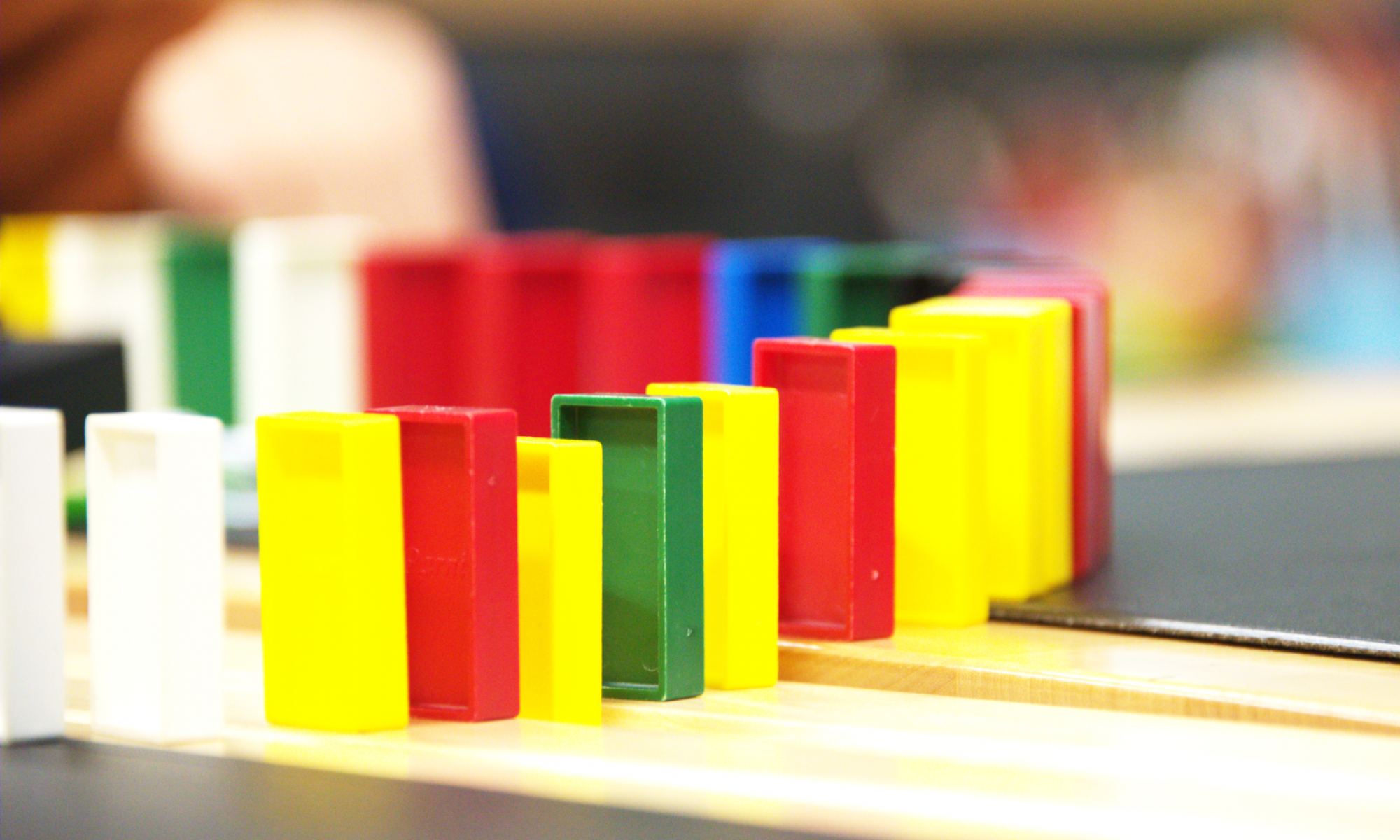One of the objectives of the course is planning and executing an invention pedagogical teaching period relating to the theme of circular economy, in collaboration with the school’s teachers. Invention-making during the module aims at empowering the pupils to take action against climate change. Simply discussing problems and issues may easily lead to an increase in negative emotions, described in the climate change context by Panu Pihkala as climate change distress. By acting, we attempt to address serious issues in a serious enough manner without becoming depressed or cynical. The pupils must be made to feel that they are capable of making a difference and building a sustainable lifestyle.
Inventing is a transversal activity by nature, despite often being associated with strong scientific and technological know-how. As the pupils are instructed to make inventions for circular economy, they will learn both circular economic principles relating to sustainability and skills for building a sustainable future. Inventing is not a linear process, but a cyclical one. The process of inventing involves identifying the problem, generating ideas for a solution, acquiring new information, preparing a prototype, testing, receiving feedback, developing the product further, and presenting the invention. Depending on the time available and subjects included in the module, the inventions may be either concrete objects or ideas.
Get inventing
We have notice during past courses that it is easy for the pupils to spend too much time pondering the problems of our lifestyle, and there is not always enough time left for inventions. Sustainability scientist Thaddeus Miller (2015) warns against getting stuck thinking about the current state of things too deeply, instead of bravely taking action for a better future.
Use techniques to increase the amount of ideas
Inventing is a creative process. We know that people are often inclined to pick the first idea that comes to them. This is why it important to make use of techniques that help us come up with multiple ideas during invention projects. A basic principle is, that when a group runs out of ideas, a new method for generating more is employed. The distant thinking technique is an example of a method that can help generate new ideas even after the most obvious ones have been suggested. Being forced to come up with new ideas brings the group to a new level of inspiration.
Typically there is a “critical” individual in the group who quickly rejects other people’s ideas. It is, thus, important to identify the different stages of idea generation and evaluation. When thinking of new ideas, some strange one that could never be used are also bound to pop up. The evaluation stage can also be done in a creative way by asking the pupils to develop the “crazy” ideas into ones that begin to feel sensible. Evaluation is not about deeming an idea good or bad – it is meant for deciding the feasibility of an idea.
Make concepts that can be tested
Invention projects are easily abandoned just before reaching the carrying-out stage. The actions must be structured in such a way that allows a swift transition from idea generating to planning the concept. A concept is an idea of an invention that is presented to others. During an invention process, it is important to present one’s ideas to other people and to potential customers as early as possible. Presentations should be included in the teaching plan, and ways of testing the concepts outside of classroom and school should be discussed with the pupils. When an idea is presented and discussed as early as possible, there is still time to make alterations to the product. Too often a group will notice too late that their idea is not one that could lead to a fruitful outcome. This might cause them to change topics when it is too late to come up with anything new.
Learn to receive feedback
Giving and receiving feedback is a skill that requires practice. A simple model for giving feedback is the Three pros and how? technique. Each person giving feedback will first say three things they deemed successful in the project. After that, any possible critique will be presented in the form of a question.
In an invention project simply giving feedback is not enough. Feedback sessions can easily turn into theatre-like events where the receiving group is not really interested in the feedback they are being given. They might also experience the feedback as a form of personal attack and become defensive. This is not a helpful way to utilise feedback.
It is a natural reaction to find it difficult to receive feedback or to feel attacked by it. After all, the group has spent time developing and refining their idea and they are emotionally invested in the invention. This is why feedback should be given and received as early as possible and maybe even develop two ideas at once, to start with. This will make it easier to take other people’s ideas into account.
Receiving feedback can also be made easier if the group themselves identify aspects of their project on which they would like to receive feedback. They may also state the potential difficulties they experiences during the process. This puts the receiving group in a “position of power”, thus rendering it easier to receive comments on their work.
